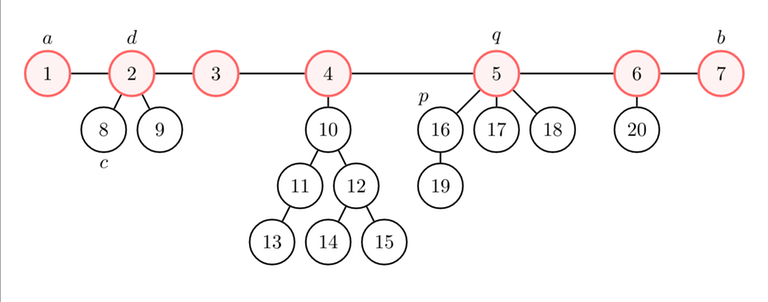Dear all,
We invite members of the programming contests community to submit tasks for the 3rd edition of the Western European Olympiad in Informatics (WEOI), to be held in Volterra, Italy on 27th-29th June 2025. Tasks should be similar in style to the IOI. For an idea of previous style and difficulty, you can find tasks from previous editions at https://weoi.org/weoi-2023/ and https://weoi.org/weoi-2024/. Authors of selected tasks will be credited in the official solutions and on the WEOI website.
Please send submissions to [email protected] by 15th March 2024; we welcome submission of task ideas that may not be polished or in final form. Unused submissions will be returned to task authors and will remain confidential to the Scientific Committee.
On behalf of the WEOI SC,
Luca Versari and Valerio Stancanelli










 Ciao, Codeforces! We're glad to invite you to take part in
Ciao, Codeforces! We're glad to invite you to take part in 









